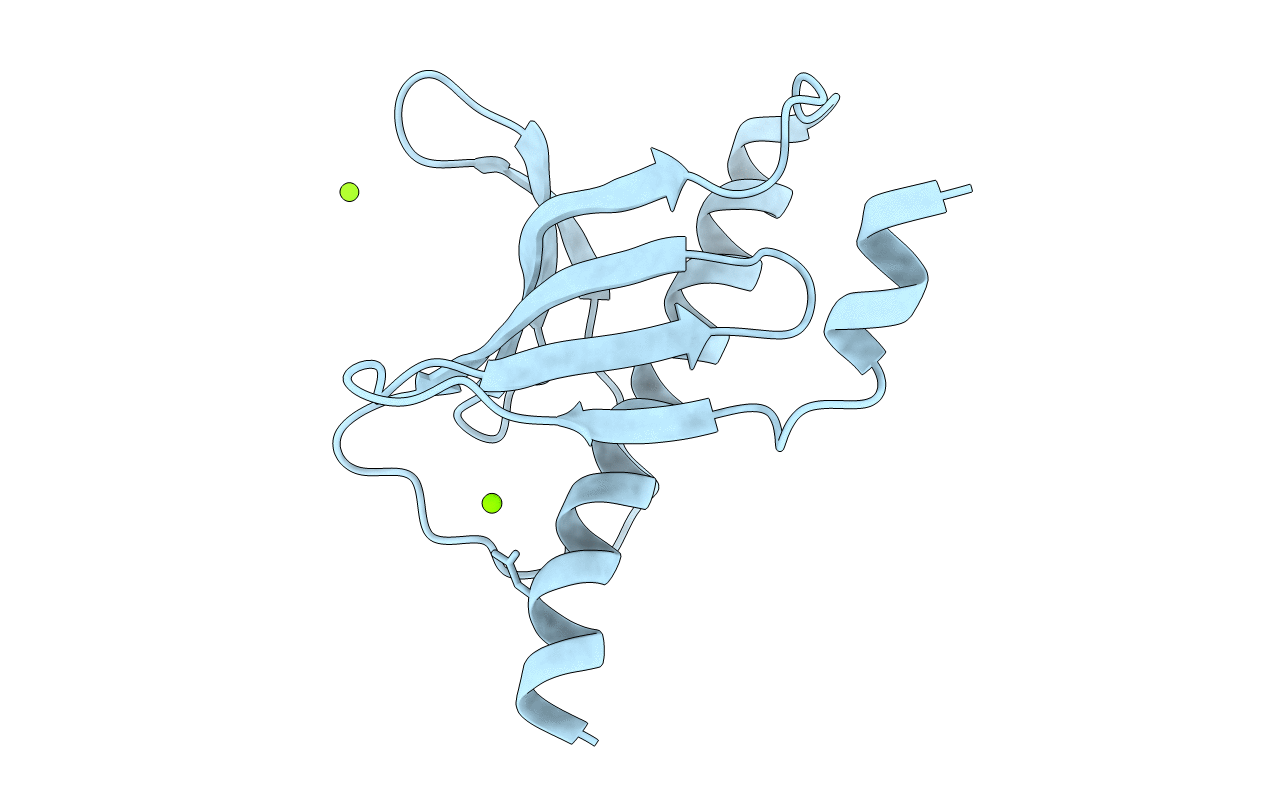
Deposition Date
2019-01-23
Release Date
2019-03-06
Last Version Date
2024-10-09
Entry Detail
Biological Source:
Source Organism:
Neisseria meningitidis (Taxon ID: 487)
Host Organism:
Method Details:
Experimental Method:
Resolution:
2.23 Å
R-Value Free:
0.24
R-Value Work:
0.20
R-Value Observed:
0.20
Space Group:
P 63 2 2


